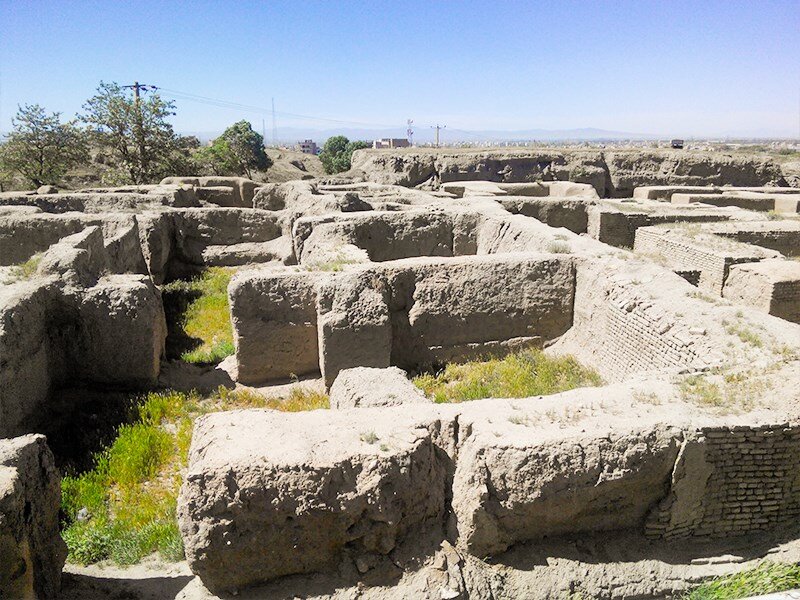INSUBCONTINENT EXCLUSIVE:
TEHRAN – Efforts to globally introduce the splendor of Hamedan, which its history of civilization dates thousands of years, have largely
been neglected for years, a senior cultural heritage expert said on Monday.“Unfortunately, considerable effort has not been made in
previous years to introduce Hamedan which enjoys a treasured history and ancient glory,” said Mohammad-Hassan Talebian who is a senior
advisor to the Minister of Cultural Heritage, Tourism and Handicrafts.“All areas of Hamedan are treasured… In fact, in the realm of
intangible cultural heritage, all events, memories, cultural figures, traditions, and rituals must be safeguarded,” Talebian explained
Hamedan has been important in various historical eras, however, its historical core, Hegmataneh, is of very high importance, the official
said.Earlier this month, Hamedan’s tourism directorate formed a working group to identify, investigate and solve potential problems in the
path of possible registration of ancient Hegmataneh in the UNESCO World Heritage list.Known in classical times as Ecbatana, Hamedan was one
of the ancient world’s greatest cities
Pitifully little remains from antiquity, but significant parts of the city center are given over to excavations
Ecbatana was the capital of Media and subsequently a summer residence of the Achaemenid kings who ruled Persia from 553 to 330 BC.The
ancient city is widely believed to be once a mysterious capital of Medes
According to ancient Greek writers, the city was founded in about 678 BC by Deioces, who was the first king of the Medes.French
Assyriologist Charles Fossey (1869 – 1946) directed the first excavation in Tepe Hegmateneh for six months in 1913
Erich Friedrich Schmidt (1897 – 1964), who was a German and American-naturalized archaeologist, took some aerial photos from Hamedan
between 1935 and 1937.According to the Greek historian Xenophon of Athens (c.430-c.355), Ecbatana became the summer residence of the
Their palace is described by the Greek historian Polybius of Megalopolis
He writes that the city was richer and more beautiful than all other cities in the world; although it had no wall, the palace, built on an
artificial terrace, according to Livius, a website on ancient history written and maintained since 1996 by the Dutch historian Jona
Lendering.Additionally, an inscription unearthed in 2000 indicates that Achaemenid king Artaxerxes II Mnemon (404-358) built a terrace with
Some twelve kilometers southwest of Hamedan is Ganjnameh, where Darius I and his son Xerxes had inscriptions cut into the rock.Polybius, a
Greek historian of the Hellenistic period noted for his work The Histories, tells that the builders used cedar and cypress wood, which was
covered with silver and gold
The roof tiles, columns, and ceilings were plated with silver and gold
He adds that the palace was stripped of its precious metals in the invasion of the Macedonian king Alexander the Great and that the rest was
seized during the reigns of Antigonus and Seleucus
Later, Ecbatana was one of the capitals of the Seleucid and the Parthian Empires, sometimes called Epiphaneia.Later, around 1220, Hamedan
was destroyed by the Mongol invaders
In 1386 it was sacked by Timur (Tamerlane), a Turkic conqueror, and the inhabitants were massacred
It was partly restored in the 17th century and subsequently changed hands often between Iranian ruling houses and the Ottomans.AFM

